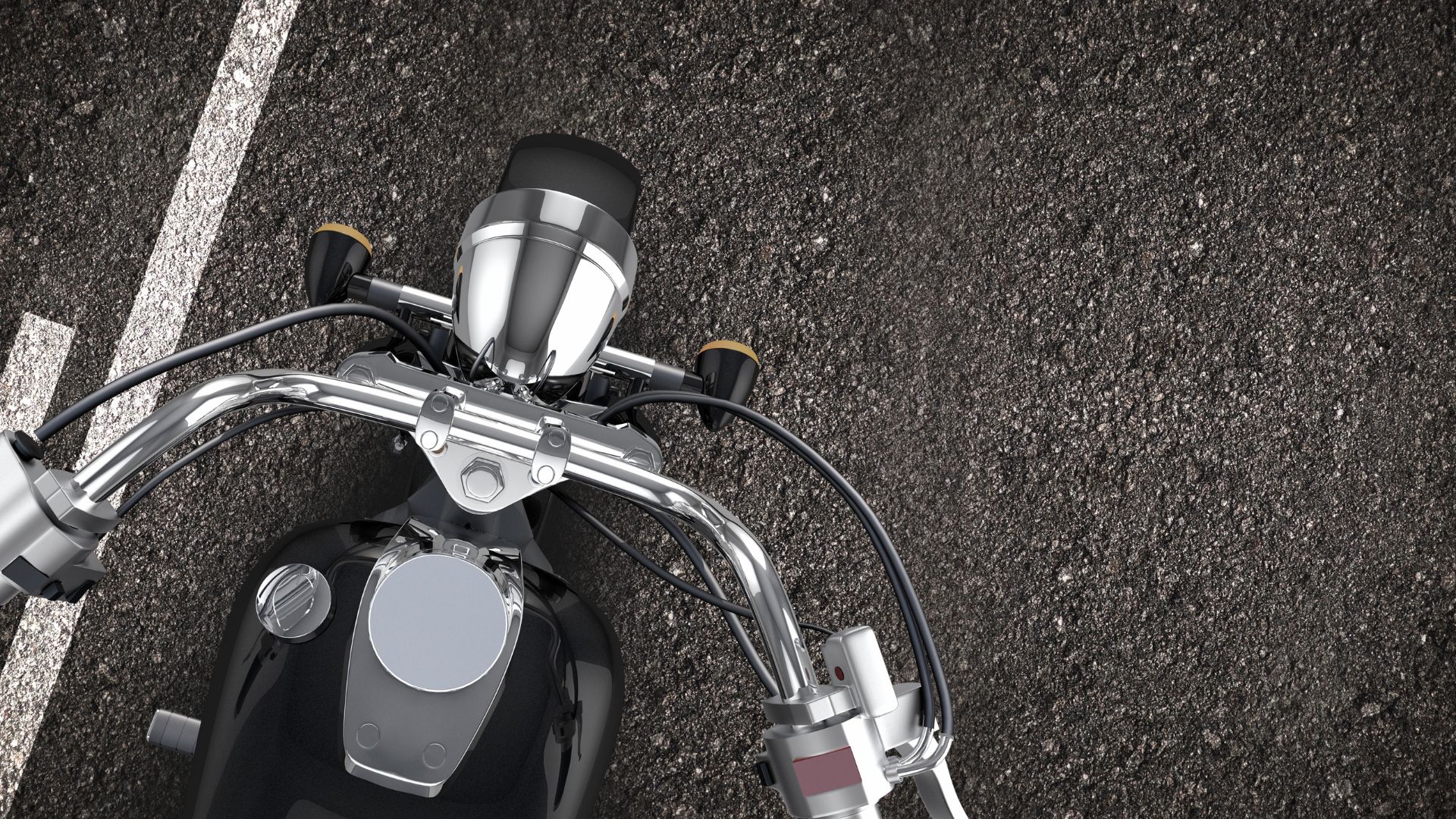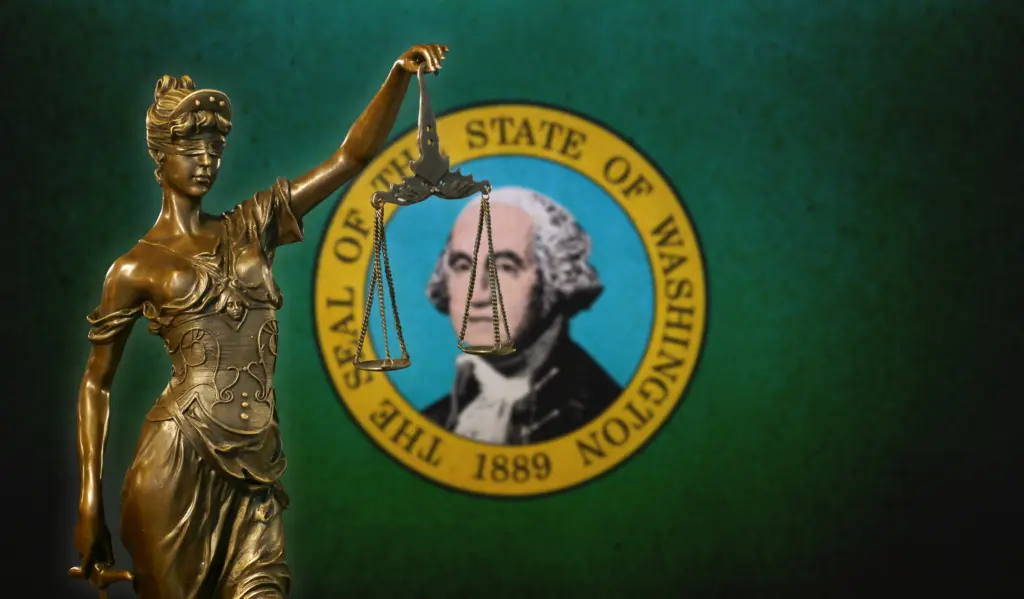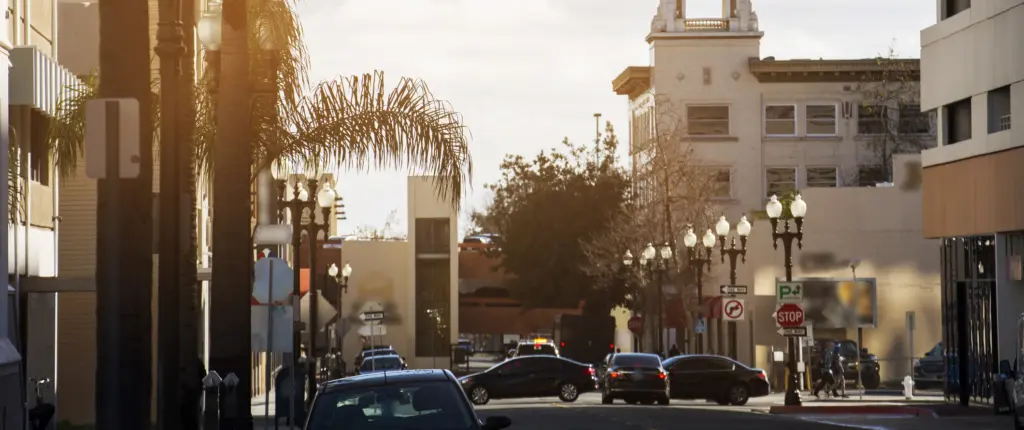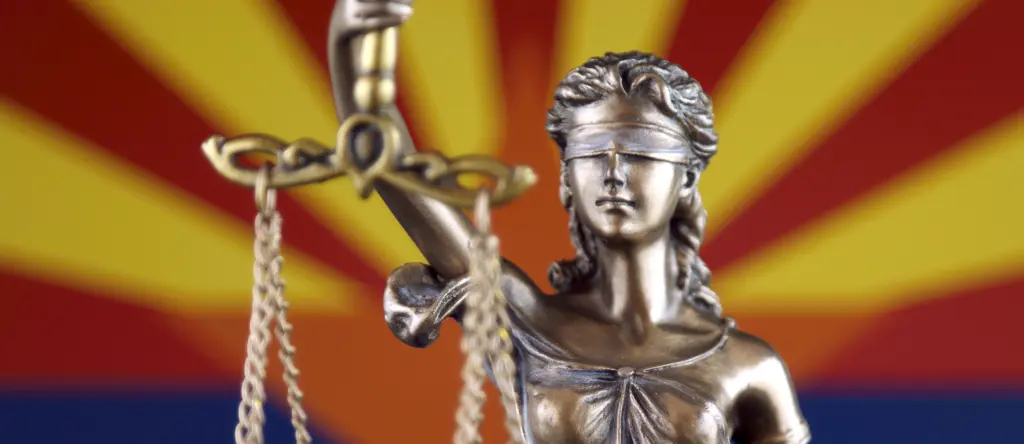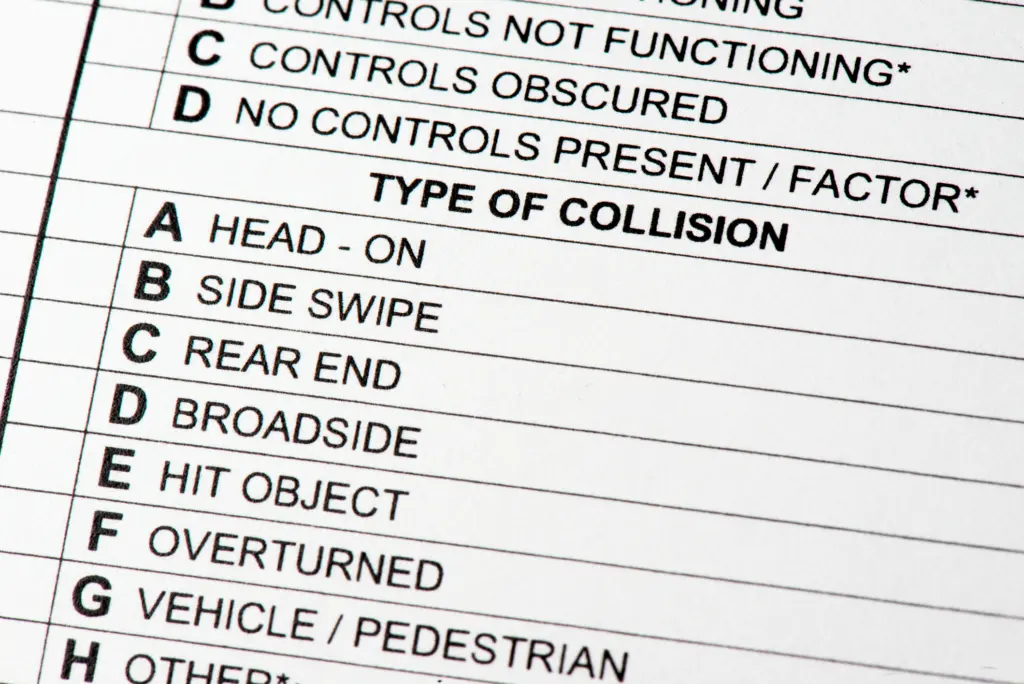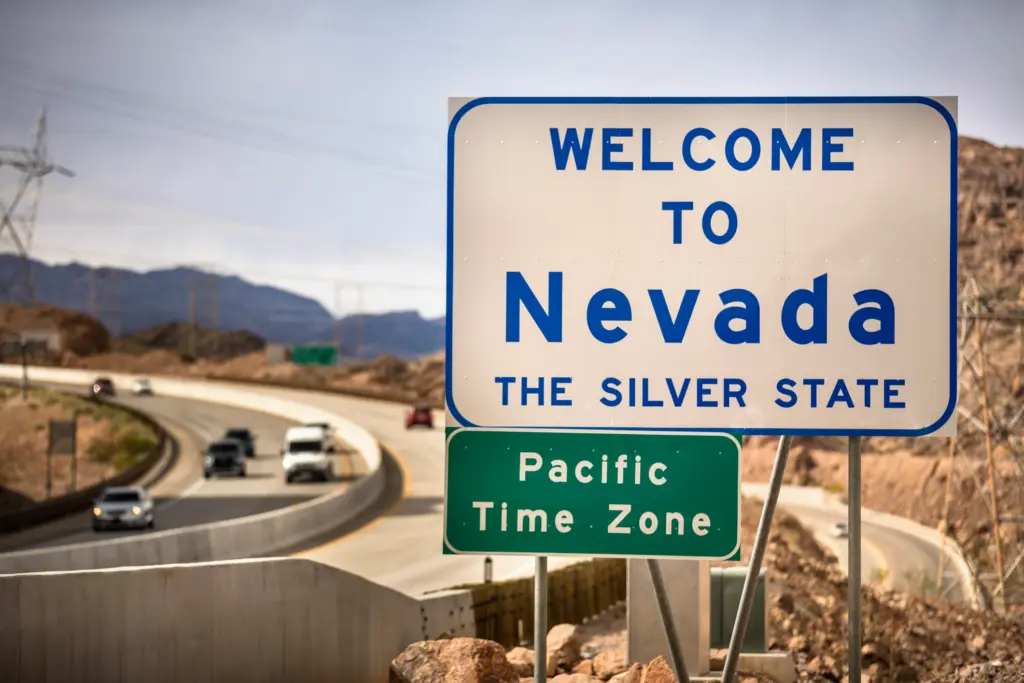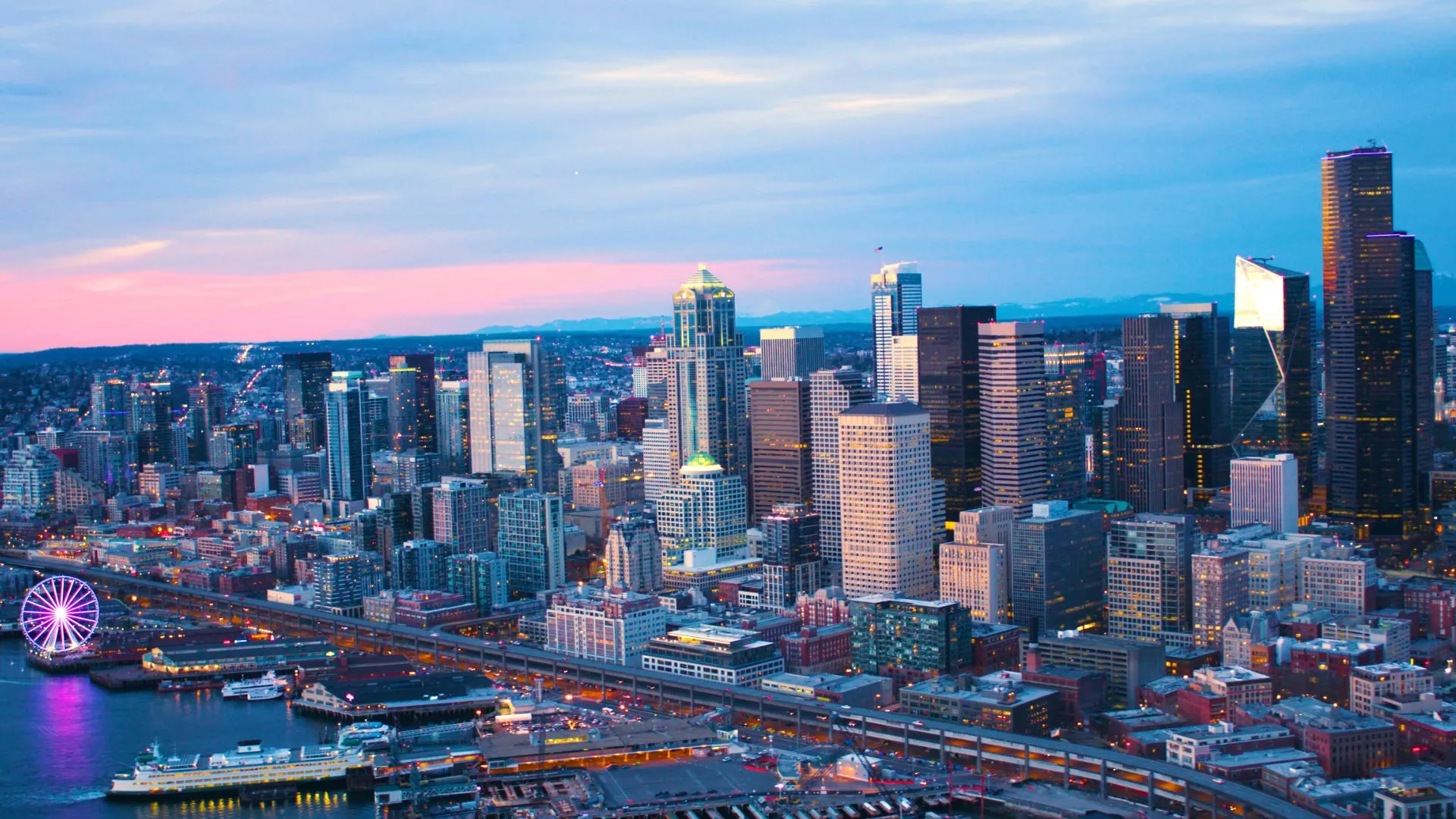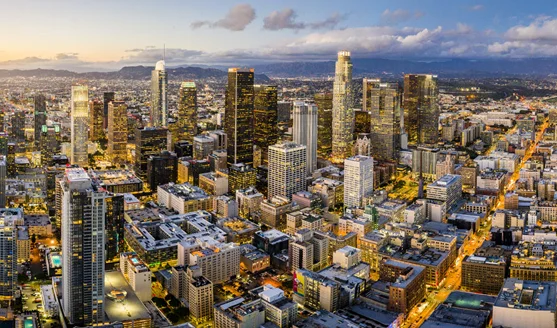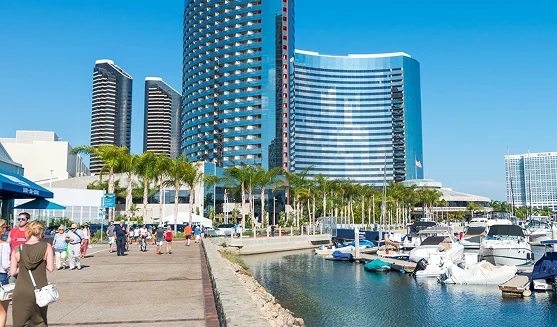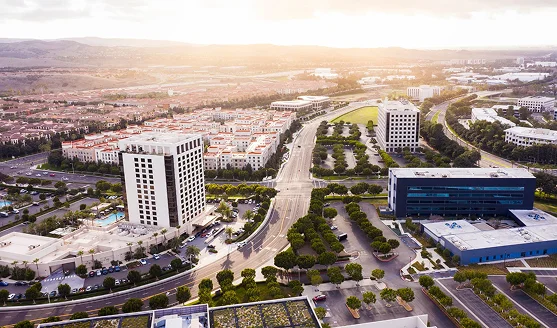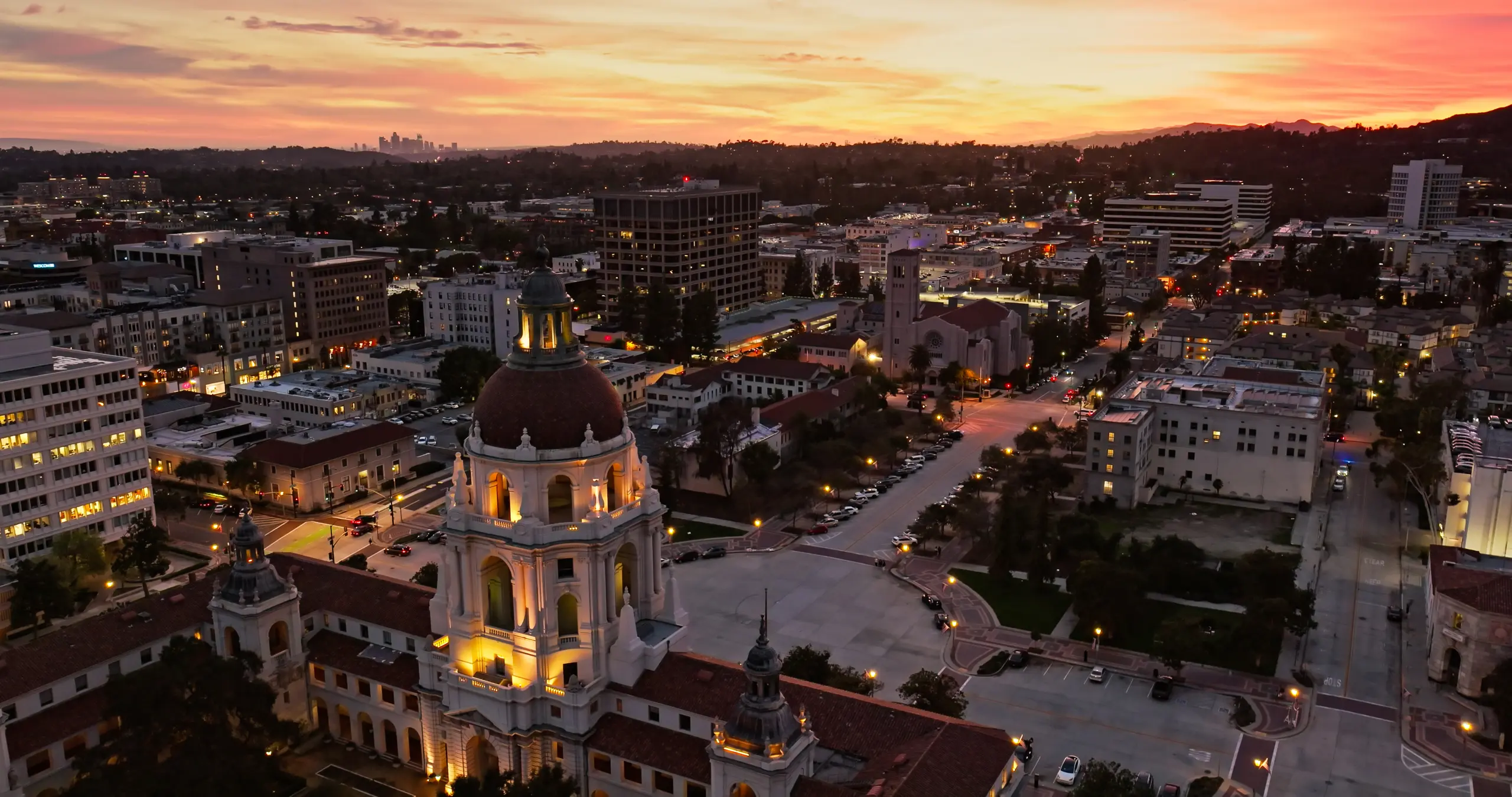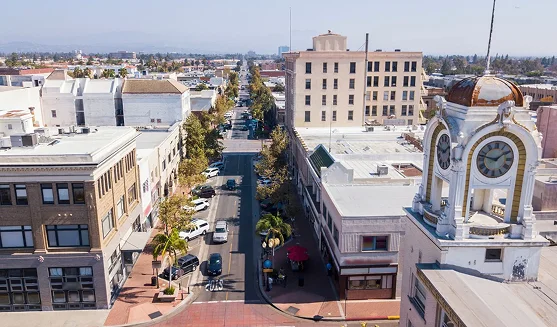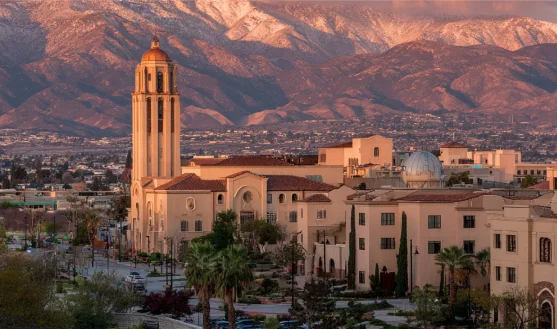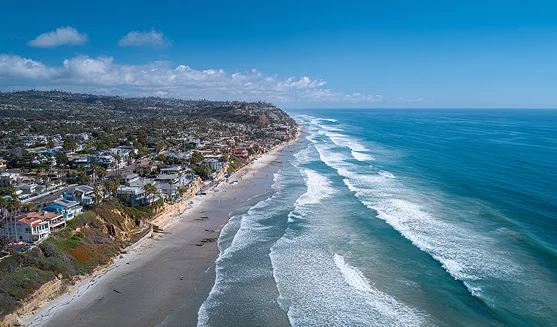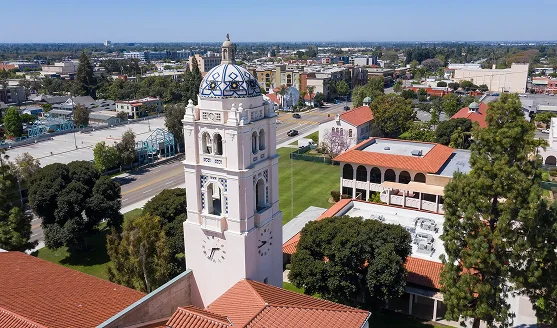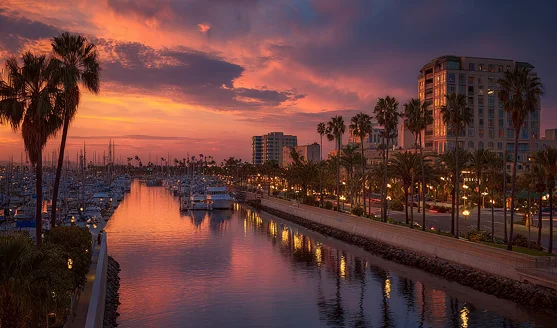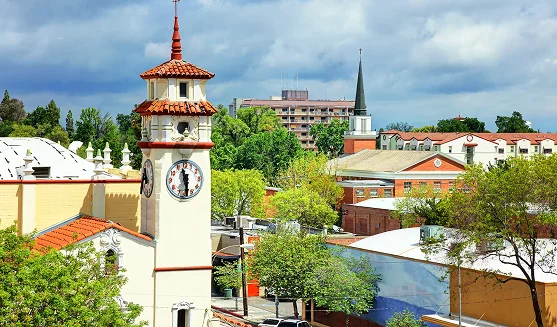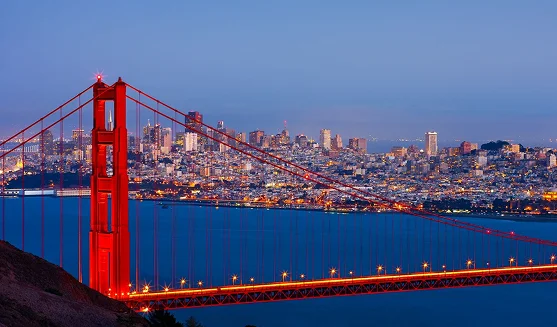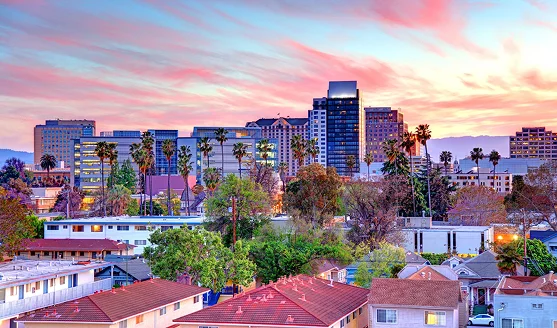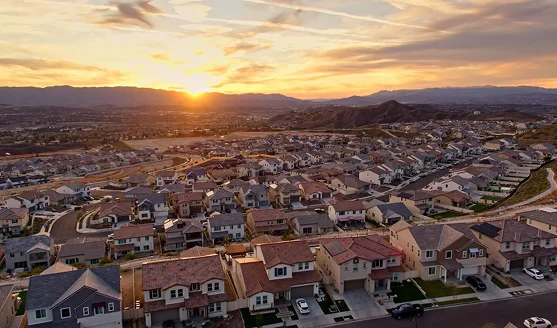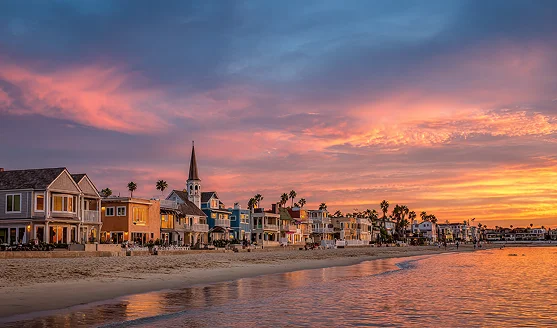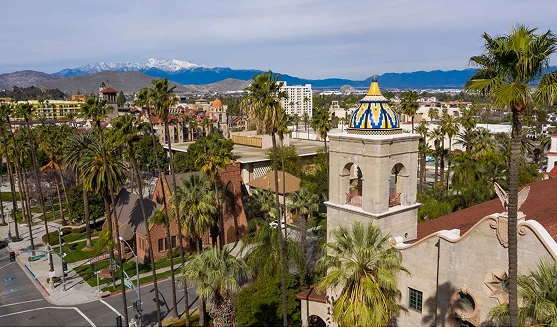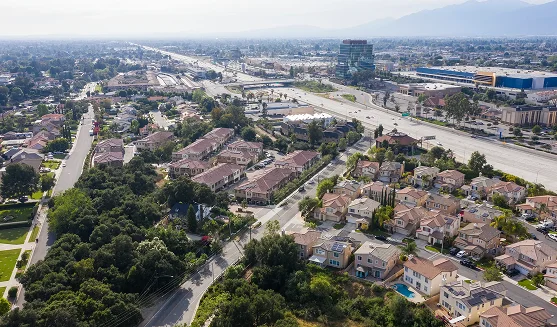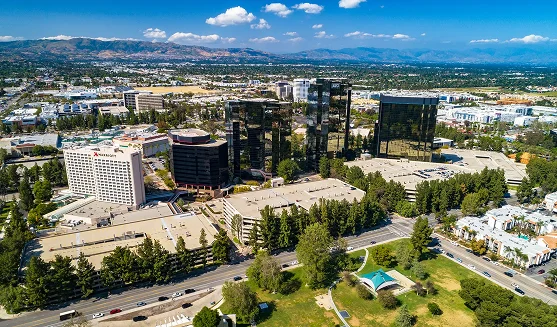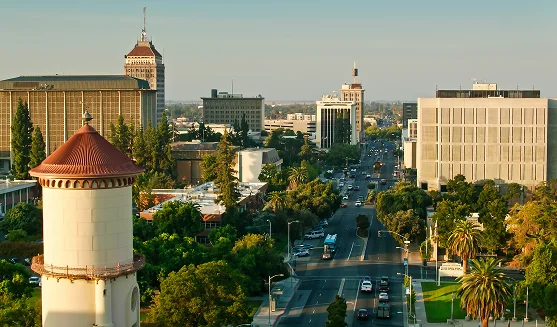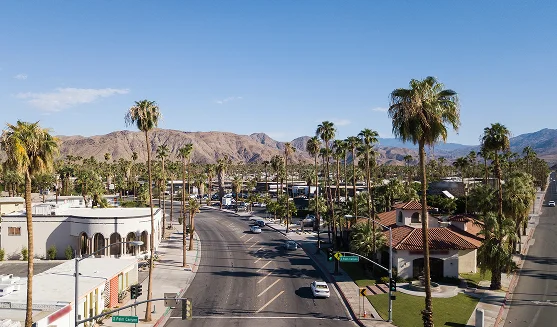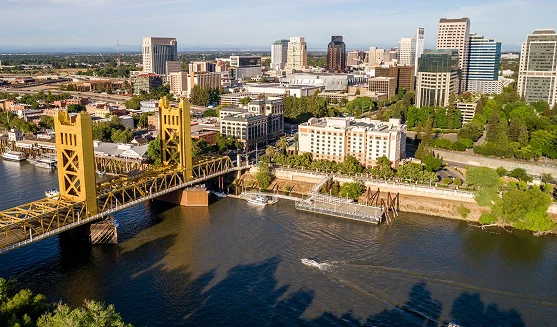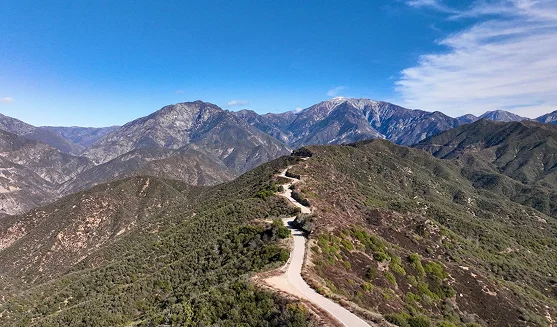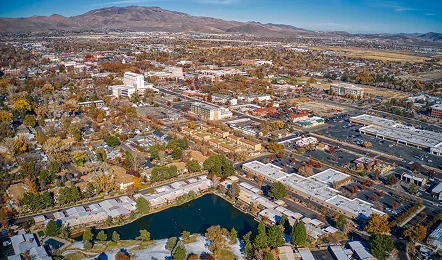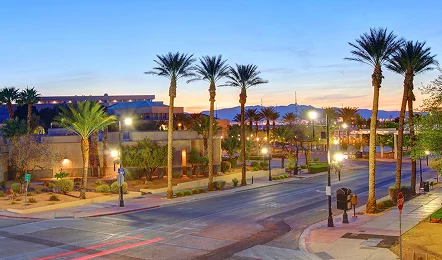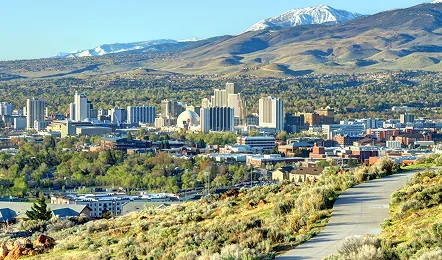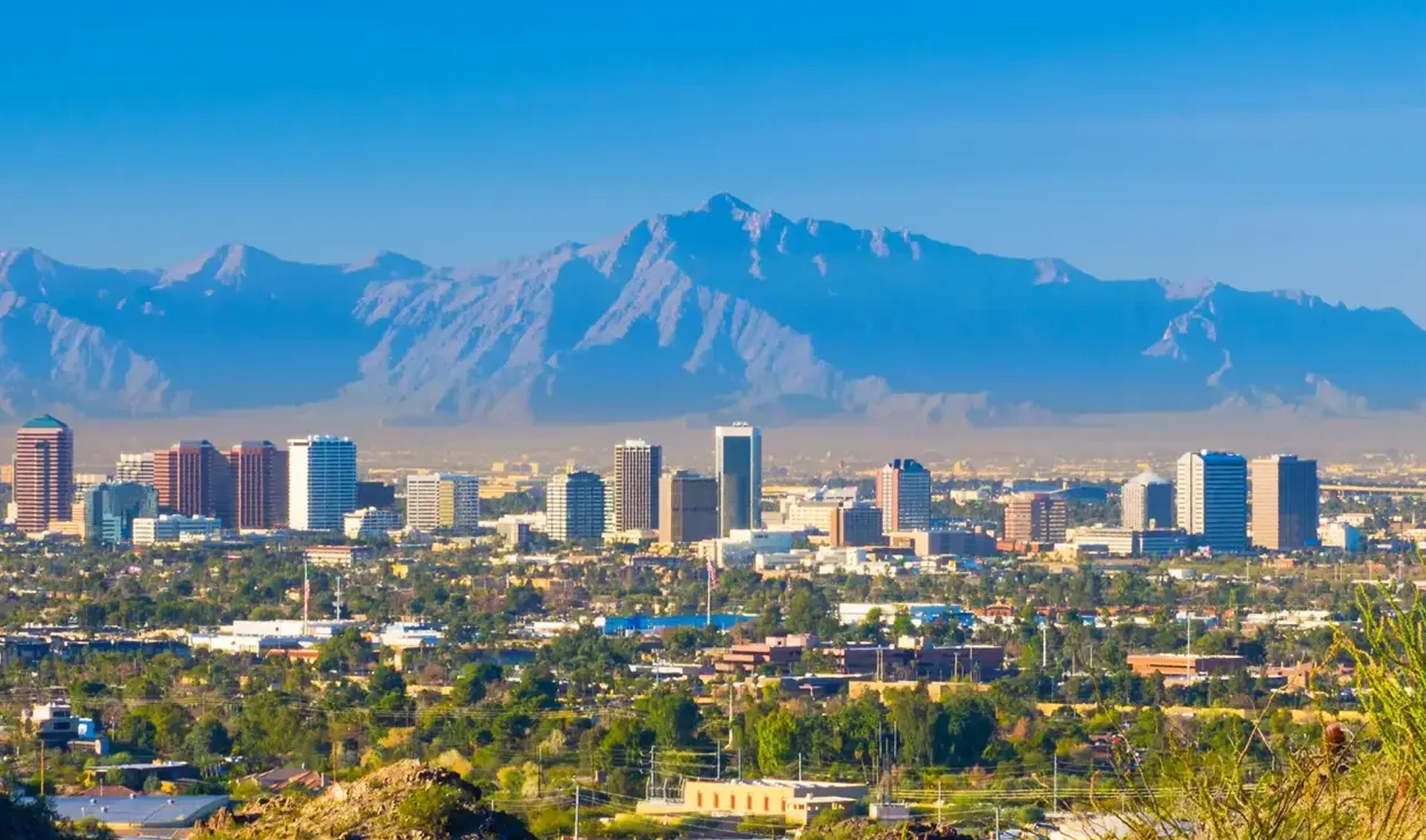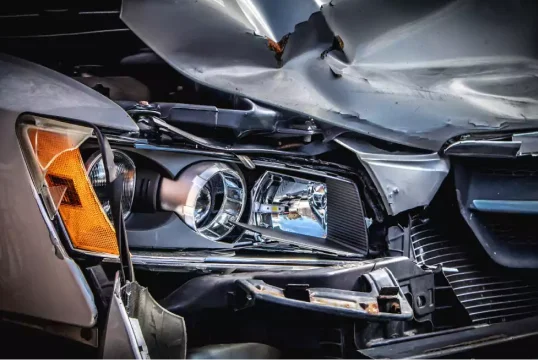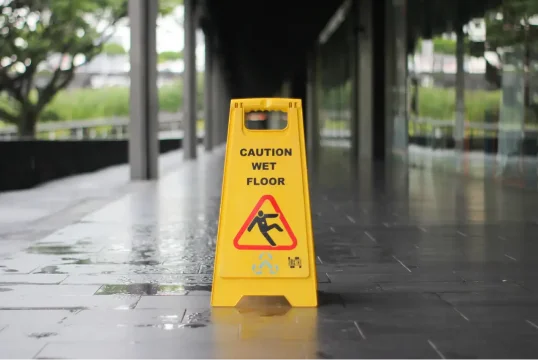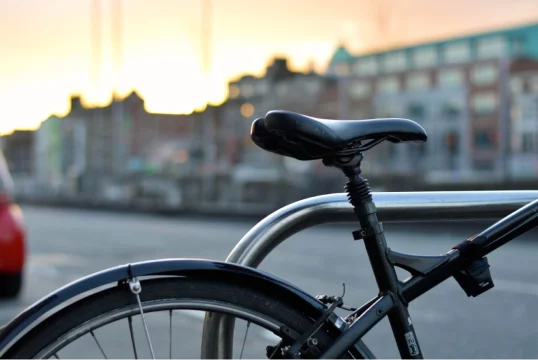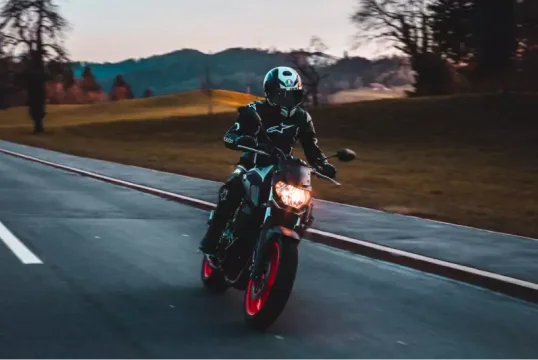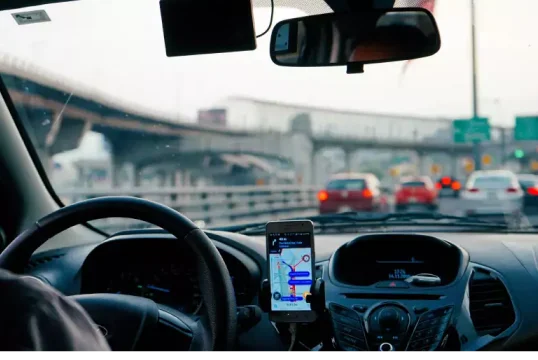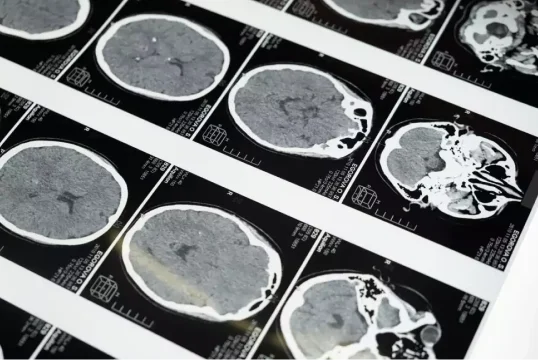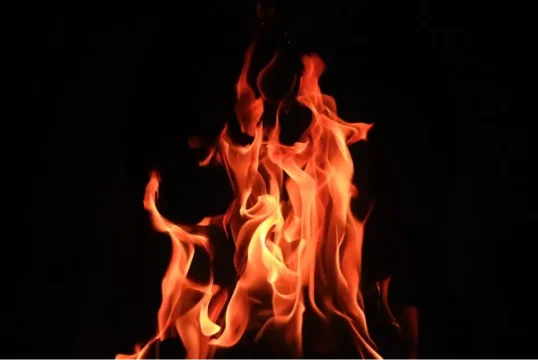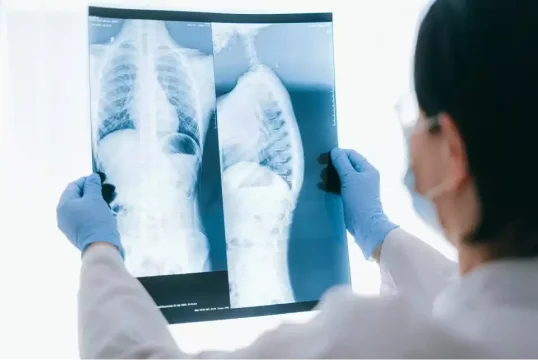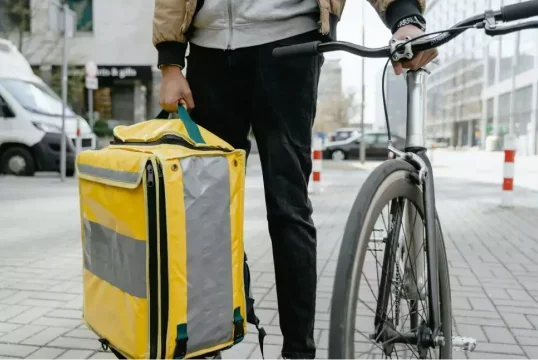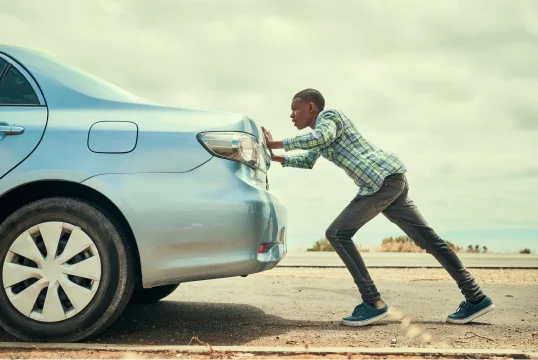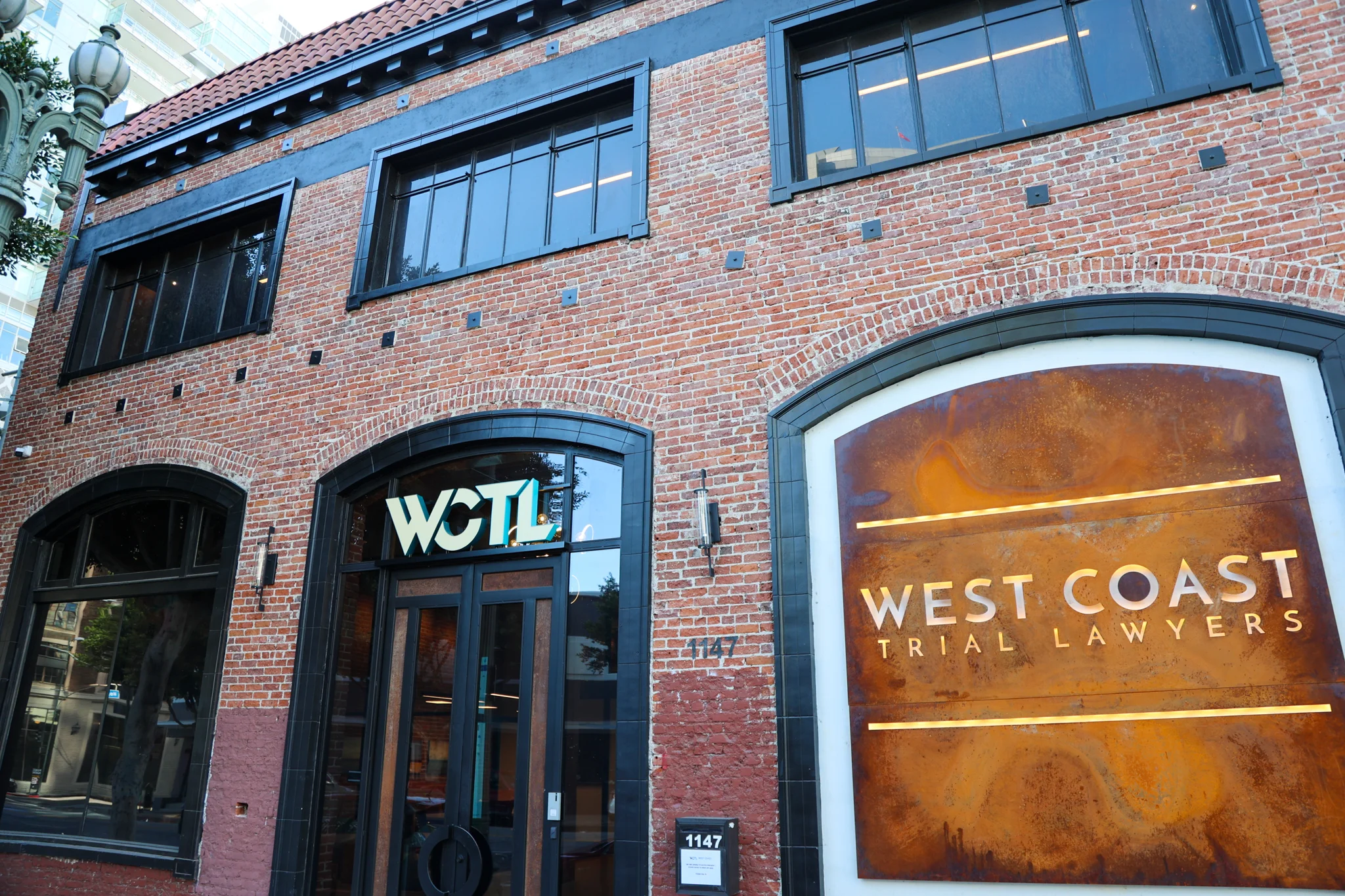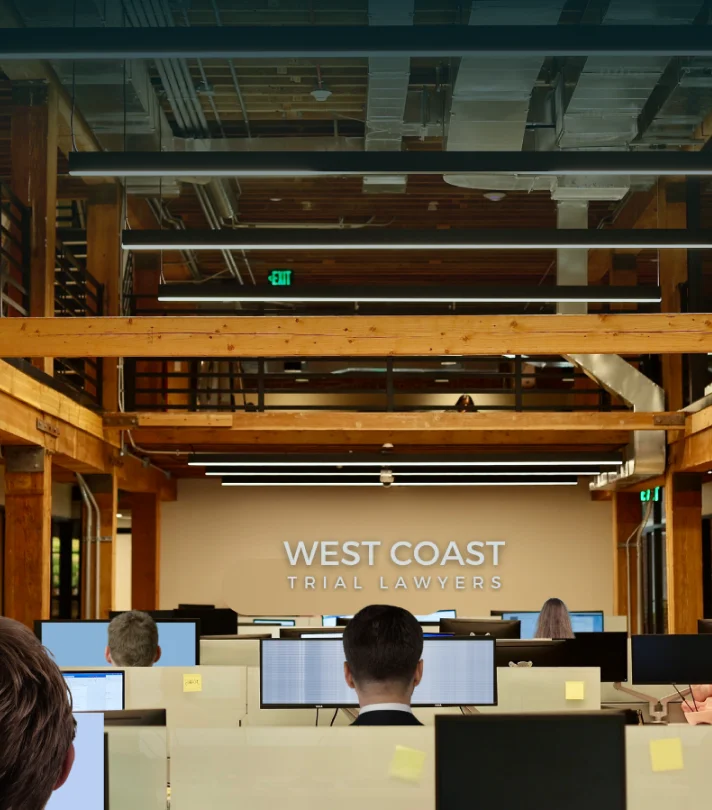Lane splitting—often called ‘white-lining’ or ‘stripe-riding’—is a bold and often routine maneuver for many motorcyclists weaving through California’s traffic. This maneuver involves a motorcyclist riding between two lanes of traffic moving in the same direction. Sounds a bit dangerous but for motorcyclists, lane splitting can help reduce travel time, avoid traffic congestion, and increase overall road safety. However, the legality of lane splitting and overall safety discussion has been a topic of considerable debate and confusion.
In this article, we will explore the legal status of lane splitting in California, the guidelines that motorcyclists should follow, and the potential risks and benefits associated with this practice.
The Legal Status of Lane Splitting in California
In California, lane splitting is legal. It is the only state in the U.S. where lane splitting is explicitly allowed by law. The legalization of lane splitting was formalized in 2016 when Assembly Bill 51 (AB 51) was passed, giving the California Highway Patrol (CHP) the authority to create guidelines for motorcyclists on how to safely perform lane splitting.
What Exactly is Assembly Bill 51 in California Law?
Assembly Bill 51 was introduced to clarify the legal standing of lane splitting and to provide a framework for motorcyclists to perform this maneuver safely. Before the passage of AB 51, lane splitting was neither explicitly legal nor illegal in California, creating a gray area that left many motorcyclists uncertain about their rights and responsibilities. AB 51 addressed this issue by giving CHP the power to establish safety guidelines so that lane splitting could be practiced safely and legally.
CHP Guidelines for Safe Lane Splitting
The California Highway Patrol has provided specific guidelines that motorcyclists should follow when lane splitting. These guidelines are not laws but rather recommendations designed to promote safety for both motorcyclists and other road users.
The key points of the CHP guidelines are as follows:
- Speed Differential: Motorcyclists should not exceed the speed of surrounding traffic by more than 10 mph when lane splitting. This means that if traffic is moving at 30 mph, the motorcyclist should not be traveling at more than 40 mph.
- Maximum Speed: Lane splitting should not be performed at speeds greater than 30 mph. The CHP advises that lane splitting at higher speeds significantly increases the risk of accidents.
- Lane Choice: Motorcyclists should generally split between the far-left lanes of traffic (i.e., between the No. 1 and No. 2 lanes). These lanes are usually the safest for lane splitting due to lower traffic density and fewer merging vehicles.
- Road Conditions: Motorcyclists should avoid lane splitting in poor weather conditions, such as rain or fog, and should exercise caution when road surfaces are uneven, slippery, or obstructed.
- Awareness of Surroundings: Constant alertness is needed when lane splitting. Motorcyclists should always be aware of the movements of surrounding vehicles, anticipate the actions of drivers, and be prepared to react quickly to any sudden changes in traffic flow.
The Benefits of Lane Splitting
Lane splitting offers several potential benefits for motorcyclists, other road users, and overall traffic flow. When performed correctly and safely, lane splitting can reduce the likelihood of rear-end collisions, ease traffic congestion, and shorten travel times for motorcyclists.
Reduced Risk of Rear-End Collisions
One of the most significant benefits of lane splitting is the reduced risk of rear-end collisions. When a motorcyclist is stuck in slow-moving or stopped traffic, they are vulnerable to being hit from behind by distracted drivers. Lane splitting allows motorcyclists to move out of stationary traffic and reduce the chances of being rear-ended.
Improved Traffic Flow
Lane splitting can also contribute to smoother traffic flow. By allowing motorcyclists to filter through traffic, lane splitting can reduce the number of vehicles occupying lanes, thereby easing congestion for all road users. Especially in urban areas with high traffic volumes.
Shorter Travel Times for Motorcyclists
For motorcyclists, one of the most obvious benefits of lane splitting is reduced travel time. By splitting lanes and passing up traffic, motorcyclists can reach their destinations more quickly.
The Risks of Lane Splitting
While lane splitting has its benefits, it is not without risks. Motorcyclists who engage in lane splitting must be aware of the potential dangers and take steps to avoid disaster.
Increased Risk of Side-Swipe Collisions
One of the primary risks of lane splitting is the increased likelihood of side-swipe collisions. If a motorcyclist is not careful or if drivers are not paying attention, there is a risk that a vehicle may change lanes suddenly, resulting in a collision. Motorcyclists must be cautious when splitting lanes and be prepared to react to unexpected lane changes.
Limited Reaction Time
Lane splitting at higher speeds can significantly reduce a motorcyclist’s reaction time. If a vehicle ahead suddenly brakes or changes lanes, the motorcyclist may not have enough time to avoid a collision. This is why the CHP recommends that motorcyclists split lanes only at low speeds and with a minimal speed differential.
Driver Awareness and Acceptance
Although lane splitting is legal in California, not all drivers are aware of this fact or are accepting of the practice. Some drivers may be surprised or even irritated by motorcyclists who lane split, leading to unpredictable or aggressive behavior. Motorcyclists must be mindful of these attitudes and take extra care to ensure their safety.
Tips for Motorcyclists: How to Lane Split Safely
For motorcyclists who choose to engage in lane splitting, safety should always be the top priority. Here are some tips to help ensure a safe lane-splitting experience:
- Be Visible: Use your headlights and wear bright or reflective clothing to increase your visibility to other drivers.
- Stay in Control: Maintain a steady speed and avoid sudden accelerations or decelerations while lane splitting.
- Use Your Horn Sparingly: If you need to alert a driver to your presence, a quick tap of the horn is usually sufficient. Avoid prolonged honking, as it may startle drivers and lead to erratic behavior.
- Check Your Mirrors: Regularly check your mirrors and be aware of vehicles approaching from behind, particularly other motorcyclists who may also be lane splitting.
- Avoid Blind Spots: Stay out of the blind spots of other vehicles as much as possible. If you must pass through a blind spot, do so quickly and cautiously.
Be Careful While Lane Splitting on California Roads
Lane splitting is legal in California, but it comes with its own set of risks. Motorcyclists must be mindful of these dangers and strictly follow the guidelines established by the CHP. To further ensure your safety, our law firm has compiled important rules & tips for motorcyclists. By adhering to these guidelines and staying alert, you can enjoy the benefits of lane splitting while reducing the potential hazards.
However, if you have been involved in a motorcycle accident and would like to seek legal representation regarding the matter, contact us today at (213) 927-3700 or use the online contact form to speak to our compassionate and dedicated legal staff.
